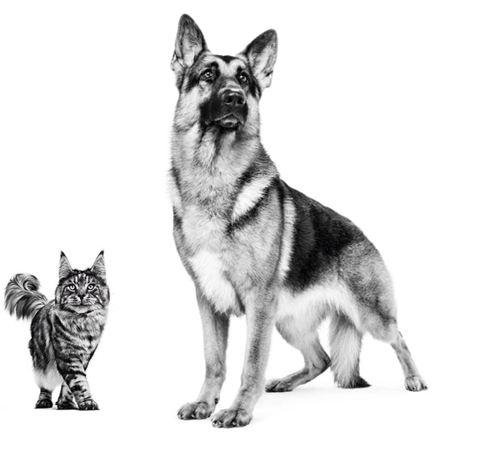
Get access to all handy features included in the IVIS website
- Get unlimited access to books, proceedings and journals.
- Get access to a global catalogue of meetings, on-site and online courses, webinars and educational videos.
- Bookmark your favorite articles in My Library for future reading.
- Save future meetings and courses in My Calendar and My e-Learning.
- Ask authors questions and read what others have to say.
Les corps étrangers trachéo-bronchiques chez les chiens et les chats
Get access to all handy features included in the IVIS website
- Get unlimited access to books, proceedings and journals.
- Get access to a global catalogue of meetings, on-site and online courses, webinars and educational videos.
- Bookmark your favorite articles in My Library for future reading.
- Save future meetings and courses in My Calendar and My e-Learning.
- Ask authors questions and read what others have to say.
Read
Introduction
L’inhalation de corps étrangers est peu fréquente chez les chiens. Les corps étrangers sont typiquement (du moins au Royaume-Uni) des épillets d’orge ou d’herbe inhalés par des races de chiens sportives, souvent jeunes (1). Chez les chats, les corps étrangers des voies aériennes sont très rares (2) et, toujours au Royaume-Uni, ce sont fréquemment des pierres, des os ou des matières végétales. Cependant il faut noter que les chats sont plus prédisposés à la présence de corps étrangers dans le nasopharynx. Après un diagnostic correctement posé, la grande majorité des corps étrangers peuvent être retirés par endoscopie en utilisant la technique appropriée. [...]
Points Clés
- Les chiens actifs qui courent dans les prairies ou les champs de graminées sont prédisposés à l’inhalation de corps étrangers.
- Les signes cliniques peuvent se prolonger à moins d'intervenir pour retirer le corps étranger.
- Les anomalies radiographiques sont souvent caractérisées par une hyperdensité localisée des tissus mous, le plus souvent au niveau d'un des lobes pulmonaires caudaux.
- On parvient habituellement à retirer le corps étranger par endoscopie.
- Il existe des complications dues à la présence de corps étrangers dans les voies aériennes. Elles sont plutôt rares, englobant pyothorax, hémorragie et pneumothorax.
Get access to all handy features included in the IVIS website
- Get unlimited access to books, proceedings and journals.
- Get access to a global catalogue of meetings, on-site and online courses, webinars and educational videos.
- Bookmark your favorite articles in My Library for future reading.
- Save future meetings and courses in My Calendar and My e-Learning.
- Ask authors questions and read what others have to say.
About
How to reference this publication (Harvard system)?
Author(s)
Copyright Statement
© All text and images in this publication are copyright protected and cannot be reproduced or copied in any way.Related Content
Readers also viewed these publications
Subscribe
Access to the content of the Veterinary Focus website is reserved for animal health professionals. If you do not yet have a user account with Royal Canin you can create a free account by selecting the New User form. Subscription to the journal is free and issues in your preferred language can be obtained at the Veterinary Focus website.




Comments (0)
Ask the author
0 comments